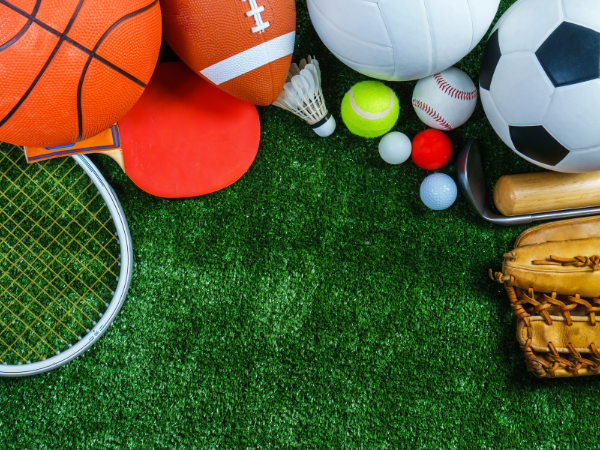 The start of a new school year brings more than textbooks and class schedules. It also marks the return of school sports. As athletes head back to the fields and courts this season, parents and coaches should be mindful of one of the most common, and potentially serious, injuries in youth sports: concussions.
The start of a new school year brings more than textbooks and class schedules. It also marks the return of school sports. As athletes head back to the fields and courts this season, parents and coaches should be mindful of one of the most common, and potentially serious, injuries in youth sports: concussions.
What is a concussion and how does it affect the brain?
A concussion is a type of traumatic brain injury (TBI) that occurs when bump, blow or jolt to the head or body causes the brain to shift inside the skull. This sudden motion can injure brain cells and disrupt normal brain function.
While concussions are sometimes referred to as mild TBIs, or mTBIs, they can range in severity and, in some cases, lead to permanent impairment.
Spotting the warning signs
While some individuals will feel symptoms right away, others may not realize anything is wrong until hours or days later. Concussions can affect the body, thinking skills and emotions. Parents, players and coaches should watch for these symptoms during and after games:
- Dizziness or balance problems
- Nausea or vomiting
- Headaches
- Trouble focusing or remembering
- Irritability, anxiety or unusual emotional reactions
- Loss of consciousness
- Sensitivity to light or noise
If any of these signs are present, the athlete should be removed from play immediately and evaluated by a healthcare professional.
Reducing risk
Although sports concussions can’t be completely avoided, parents, coaches and players can take proactive measures to reduce the risk of head injuries and ensure any suspected concussion is recognized and treated quickly.
A TBI expert in the University of Alabama Department of Department of Neurosurgery offers several tips to minimize the risk of student athletes sustaining a concussion:
- Play smart: Teach athletes proper techniques and to avoid unnecessary collisions.
- Check the gear: Ensure helmets, protective equipment and uniforms fit properly and are in good working condition.
- Enforce the rules: Coaches and referees should always hold players to safety and sportsmanship standards.
- When in doubt, sit them out: Remove athletes from play if a concussion is suspected, and never allow a player to return until they have been cleared by a healthcare professional.
Return to play: When is it safe?
If a concussion is sustained or suspected, the athlete should be removed from play and evaluated by a healthcare professional. They should not return to practice or competition until symptoms have resolved and they’ve been medically cleared. Returning too soon increases the risk of another concussion and can lead to longer recovery times.
Parents and coaches play a critical role in protecting student athletes. By staying informed, promoting safe play and taking concussion symptoms seriously, they can help ensure young athletes stay healthy, on and off the field.